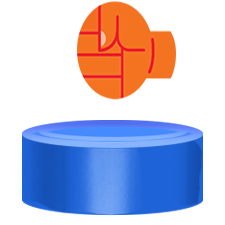Install Steam
login
|
language
简体中文 (Simplified Chinese)
繁體中文 (Traditional Chinese)
日本語 (Japanese)
한국어 (Korean)
ไทย (Thai)
Български (Bulgarian)
Čeština (Czech)
Dansk (Danish)
Deutsch (German)
Español - España (Spanish - Spain)
Español - Latinoamérica (Spanish - Latin America)
Ελληνικά (Greek)
Français (French)
Italiano (Italian)
Bahasa Indonesia (Indonesian)
Magyar (Hungarian)
Nederlands (Dutch)
Norsk (Norwegian)
Polski (Polish)
Português (Portuguese - Portugal)
Português - Brasil (Portuguese - Brazil)
Română (Romanian)
Русский (Russian)
Suomi (Finnish)
Svenska (Swedish)
Türkçe (Turkish)
Tiếng Việt (Vietnamese)
Українська (Ukrainian)
Report a translation problem










































































































It doesn't give the level bonus.
https://docs.google.com/document/d/1wf9qZcUOqLa3Ebd_HxxauPmhInb3VcgYSo2VsbO7n-A/edit?tab=t.0
Regardless, this guide is meant for people new to the MD or who want more information after their first few experiences. I specifically say 'This is a long guide that goes over a lot of information you might already know if you aren't a beginner to Mirror Dungeons, so here are the main sections for you to skip through as you need.' If you think a section isn't useful for you since you aren't a beginner, then don't read that section. But don't call the whole thing useless when much of it is not available in game, or is reworded to be more understandable than the in game's messy tutorial.
Where is the actual useful stuff, like a list for all "?" nodes events, choices outcomes and rewards/punishment, etc?